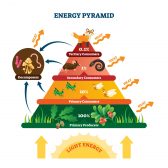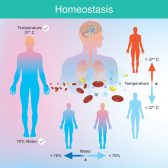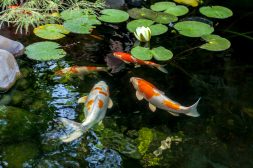Definition
noun
(botany) A type of pollination in which the pollen from the anther of the flower is transferred to the stigma of the same flower
Supplement
In flowering plants, fertilization occurs through pollination, i.e. the transfer of pollen from the anther to the stigma of a plant. The pollen contains the male gametes (sperm cells) that are transferred into the female gametophyte (i.e. ovules of flowering plants and the cones of coniferous plants) via the pollen tube. In regard to pollination, the ovum may be fertilized either by cross-pollination or by self-pollination.
Self-pollination refers to a type of pollination wherein the pollen from the anther is transferred to the stigma of a single flower. Flowers that carry out self-pollination are hermaphrodite. A hermaphrodite flower is one in which both the stamen and the carpel are present. The stamen is the reproductive organ of the flower that produces the pollen whereas the carpel is that part of the flower producing the ovule. Self-pollination is common in many plants species. It confers the advantage of having a rather stable genotype and the benefit of not being dependent on pollinating agents. Nevertheless, there are also important disadvantages of self-pollination over cross-pollination. One disadvantage is its promoting of inbreeding depression, i.e. when the biological fitness in a given population is reduced as a result of inbreeding. In cross-pollination, there is more genetic diversity. The more diverse the genes or alleles in the gene pool, the better they are protected against extinction.
Compare:
See also:







